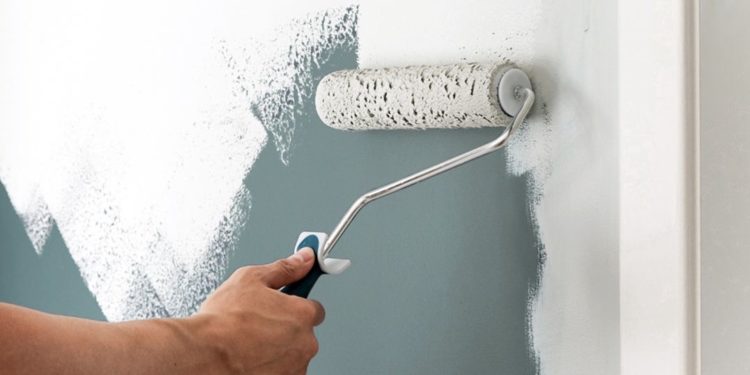Painting is done to improve the aesthetic appearance of a structure. The execution of the paintwork is crucial to ensure the desired look is achieved. After plastering is completed, the process of the paint job begins.
The first step is preparing the surface to be painted and the working area. All the edges of the wall that meet other elements, such as skirting boards, switches, and door frames, need to be taped to avoid paint spilling on them. A polythene sheet should be spread across the floor to prevent staining, and the work surface must be cleaned to remove any dust particles. Plaster bumps are removed using a scraper, and any dents in the plaster should be filled before applying the undercoat.
After the plaster repairs, an undercoat layer is applied. Next comes skimming, which is done to achieve a better, smoother surface for the paint. Gyproc filler can be used for skimming, applied with a steel trowel. When mixing the filler, adding paint to the mix helps to slow down the drying process.
After skimming, sanding is done to remove any bumps and level the work surface. Rough sanding is performed using 80-grit sandpaper on the filler. Following sanding, the first paint coat is applied. Smooth sanding with 120-grit sandpaper is done on the first coat, especially on areas that are not smooth. Touch-ups are made in areas with substantial dents for a smoother finish. Paint is typically applied by moving the brush in an up-and-down motion rather than side-to-side to cover the brush strokes.
After at least two days of drying, the next coat can be applied. The second coat ensures uniformity of shade. If necessary, a third coat can be applied for a near-perfect finish. Each layer should be allowed adequate drying time to achieve the best results.
















